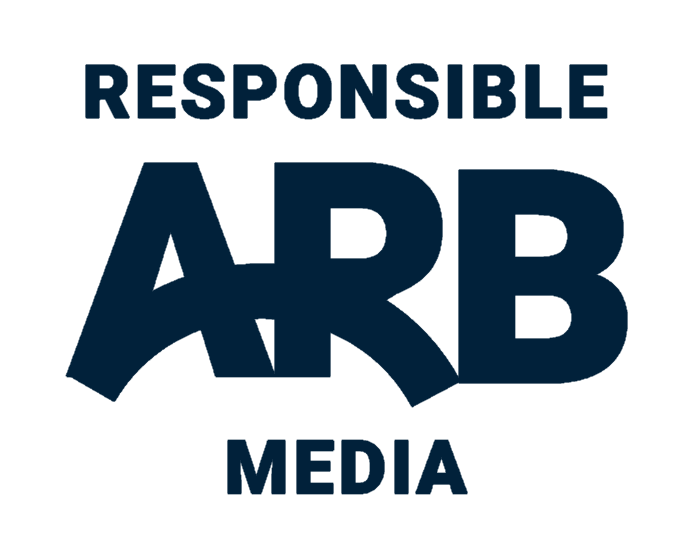Agriculture
Higher South African wheat import tariff triggered─── 11:25 Fri, 30 May 2025

South Africa’s wheat import tariff has again been triggered. According to the South African Grain Information Service’s (SAGIS) calculations, the new tariff will increase from R549.50 to R856.34/ton.
It will bring relief for the declining wheat production industry, but what will the potential impact be on the cost of wheat and processed products?
The variable wheat tariff formula is based on a three-week moving average of the free-on-board (fob) US Hard Red Winter wheat price. This is then adjusted for local circumstances and converted to Rands.
The current variable wheat tariff arrangement dates back to 2016 when the industry and the International Trade Administration Commission of South Africa (ITAC) agreed on the formula to protect South African producers against international subsidies and to maintain a certain quality standard of local wheat production based on the request of the millers.
This latest trigger follows an average decline in international wheat prices during the past three weeks.

Data source: International Grains Council (IGC)
SAGIS acts as the independent industry body that calculates the prices and the tariff adjustment, if needed. SAGIS publishes the official prices on a Thursday, but the formula is known to the industry. If a higher tariff adjustment is required, Grains SA would usually apply for the adjustment with ITAC. If the adjustment is downward, the National Chamber of Milling would usually submit an application.
The wheat tariff is an important policy tool to protect the local industry, but also to ensure food security. South Africa imports approximately 50% of the local demand of approximately 3.5 million tons. Imports have gradually increased over the years. Converted to a percentage, the current tariff (R549.50) comprises about 8.5% of the July traded price on the JSE of approximately R6,500.00. Despite an upward adjustment, it may have little impact on the price of bread. In 2006, a study done by Jooste et al found that a 30% increase in domestic support (e.g. import tariff) would only result in a 1.43% increase in the bread price. Unfortunately, to our knowledge, no additional studies have been conducted since.

Data source: SAGIS
Despite the tariff being “triggered”, implementation is often delayed due to governmental administrative processes. It first has to be approved by ITAC, followed by the sign-off of both the Ministers of Trade and Industry and the National Treasury, and then finally publication in the Government Gazette. The past two tariff adjustments – from R422.00 to R183.50/ton took approximately six months to be gazetted, while the last upward adjustment to the current tariff level of R549.50/ton took 4½ months.
From a trading perspective, you could argue that a higher or lower tariff does not matter, however, this is not correct. Although, in most cases, traders would attempt to offset the volume purchased for imports with futures hedged or physical sales on the local market, this is not always possible. Sometimes, the tons loaded on the vessel also do not exactly match the intended purchase order due to various factors related to the vessel nominated or the loading process. In these cases, traders are then exposed to unintended price risks. Delays in the tariff implementation process result in more risks for the trader, which can only be offset by charging higher fees.
To address these delays, SACOTA and Grain SA have made a joint submission to ITAC proposing a revised implementation system. Their proposal advocates for a monthly automated review and publication, similar to how the fuel levy system operates. Under this proposed methodology, any new tariff would be calculated and published each month in the Government Gazette, either introducing a new rate or confirming the existing one. The application carries the support of the Wheat Forum.

Had the proposed system already been in place, the trigger on 27 May 2025 could have resulted in implementation by 31 July 2025, meaning a delay of just 24 working days. While this is at the higher end of the expected range (the new proposed implementation methodology would allow the publication to be published in 8–28 working days), it would still be significantly faster than the current system.
As the wheat sector will await the official publication of the new tariff of R856.34, the application for the new implementation methodology is being reviewed by ITAC for approval by the dtic and the Minister of Trade and Industry. It is one of those unique situations where the Minister of Agriculture has little say in a key food security policy decision. However, we believe the much-needed revision of the implementation policy will not go unnoticed in government circles.
Supplied cg













